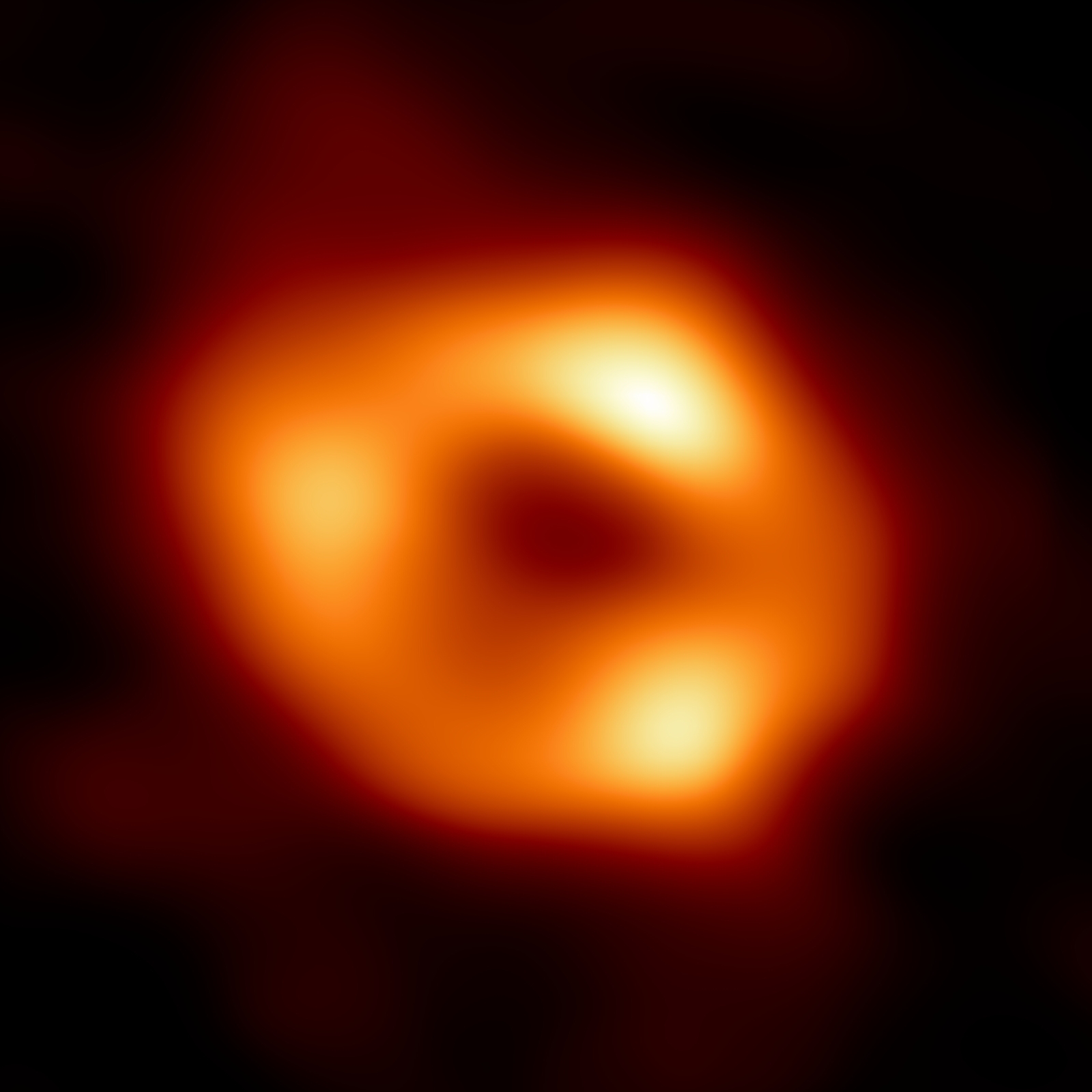Black Holes : Dark Sides Of Universe
A black hole is a region of spacetime where gravitational forces are so strong that nothing, not even light, can escape once it passes the event horizon. Black holes form when massive stars (typically at least 20 times the mass of our Sun) exhaust their nuclear fuel and collapse under their own gravity. This process, called gravitational collapse, creates an object of such extreme density that its gravitational pull becomes overwhelming.
Structure and Components
A black hole has several distinct regions:
- Event Horizon: The boundary beyond which nothing can escape the black hole's gravitational pull. It acts as a one-way membrane through which matter and light can enter but cannot exit.
- Singularity: The theoretical point at the center where matter is crushed to infinite density and zero volume. Here, known physics breaks down.
- Accretion Disk: A disk of gas, dust, and other matter that orbits the black hole before falling in, often glowing brightly due to friction and extreme temperatures.
Types of Black Holes
Scientists have identified several categories of black holes:
- Supermassive Black Holes: Found at the centers of most galaxies, including our Milky Way, with masses millions or billions times that of our Sun.
- Primordial Black Holes: Hypothetical black holes that may have formed in the extreme conditions of the early universe.
Detection Methods
Since black holes emit no light, astronomers detect them through indirect means:
- Gravitational Effects: Observing the motion of nearby stars and gas
- X-ray Emission: Detecting radiation from superheated matter in the accretion disk
- Gravitational Waves: Measuring ripples in spacetime caused by merging black holes
- Radio Emissions: Observing jets of material ejected from near the black hole
- Event Horizon Imaging: Using radio telescope arrays to image the shadow of a black hole's event horizon
Physical Properties and Phenomena
Black holes exhibit several unique properties:
- Time Dilation: Time moves more slowly near a black hole relative to distant observers
- Spaghettification: Objects approaching a black hole are stretched due to tidal forces
- Hawking Radiation: Theoretical quantum effect where black holes slowly emit radiation and eventually evaporate
- Frame Dragging: The rotation of a black hole drags spacetime around with it
- Information Paradox: The apparent loss of information when matter falls into a black hole, challenging quantum mechanics principles
Role in the Universe
Black holes play crucial roles in cosmic evolution:
- Galaxy Formation: Supermassive black holes influence galaxy development and structure
- Element Distribution: Black hole jets spread heavy elements throughout space
- Energy Production: Active galactic nuclei powered by black holes are among the most energetic phenomena in the universe
- Gravitational Wave Sources: Merging black holes create detectable spacetime ripples
Recent Discoveries and Observations
Notable recent achievements include:
- First Direct Image: In 2019, the Event Horizon Telescope captured the first image of a black hole's shadow in M87
- Gravitational Wave Detection: LIGO's first detection of gravitational waves from merging black holes in 2015
- Sagittarius A*: Ongoing observations of our galaxy's central supermassive black hole
Theoretical Implications
Black holes continue to challenge our understanding of physics:
- Quantum Gravity: Black holes are key to understanding how quantum mechanics and gravity interact
- Spacetime Structure: They provide insights into the nature of space, time, and gravity
- Information Theory: The fate of information falling into black holes remains debated
- Multiverse Theory: Some theories suggest black holes might connect to other universes
Future Research
Current areas of investigation include:
- Better understanding the formation of supermassive black holes
- Studying the relationship between black holes and galaxy evolution
- Improving gravitational wave detection technology
- Testing theories about Hawking radiation and information preservation
- Developing better models of black hole accretion and jet formation
Cultural Impact
Black holes have captured public imagination and appeared frequently in science fiction, helping to popularize complex physics concepts. They represent one of the most mysterious and fascinating aspects of our universe, continuing to drive scientific curiosity and research.
Significance for Technology
Research into black holes has led to advances in:
- Computing and data processing
- Telescope and detector technology
- Space observation techniques
- Mathematical modeling
- Understanding of fundamental physics
The study of black holes remains one of the most active and exciting areas of modern astronomy and physics, promising to reveal more about the fundamental nature of our universe.











Comments
Post a Comment